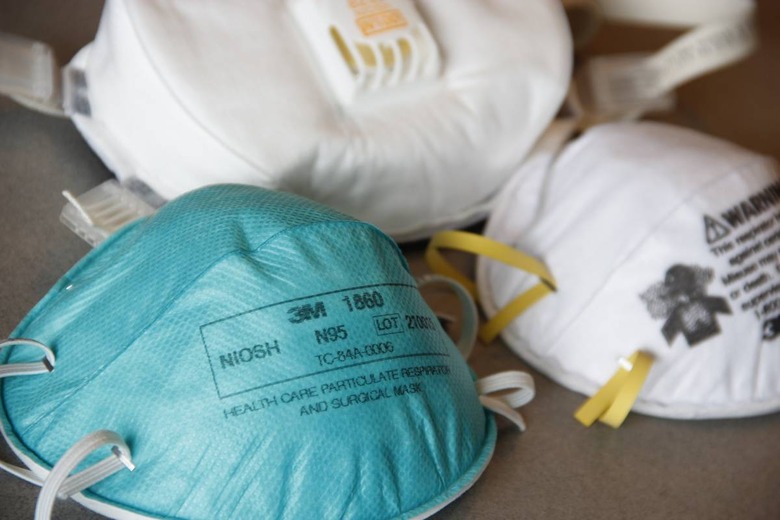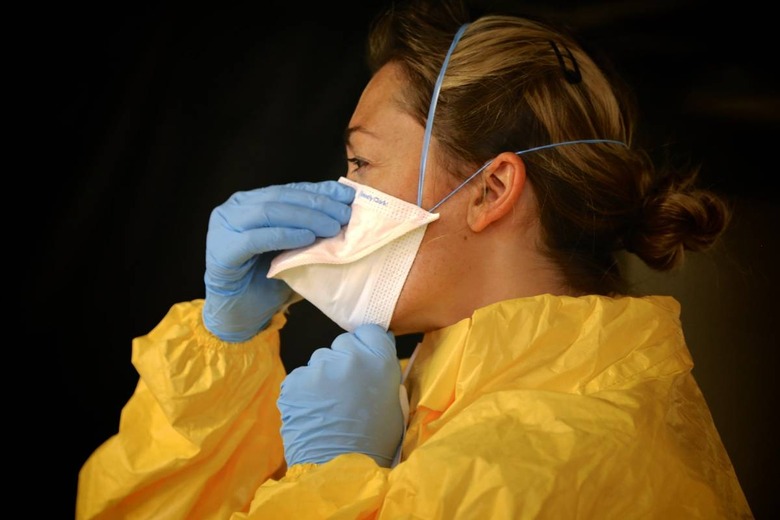CDC Chief Drops Tough Coronavirus Truths: Masks, Timelines And Symptoms
Coronavirus is probably three times as infectious as the flu, according to the director of the US CDC, and more people could be carriers of the virus without showing symptoms than previously expected. Concerns about so-called asymptomatic infection rates – where people have COVID-19, are contagious, but do not show the usual signs of that and thus aren't necessarily in quarantine – have fueled calls for more widespread testing in America to identify the true rate of community spread.
Bottlenecks in test availability, along with a general reluctance by the government, have stymied those efforts however. An early test developed by the CDC proved flawed by the time it reached test centers for validation, adding delay, while despite emergency protocols intended to fast-track third-party test kits, availability in the wild is still constrained.
That could be more of a problem than previously thought, if an interview with CDC director Dr. Robert Redfield is anything to go by. Speaking to NPR, he explained the agency's latest thinking on coronavirus, including confirming that it is re-reviewing its policy on widespread adoption of face masks.

COVID-19 is "probably now about three times as infectious as flu," Dr. Redfield said, while asymptomatic individuals "may be as many as 25-percent" of those infected. Even those who do show coronavirus symptoms are still a greater risk than originally predicted, it seems. That's because it's now believed that those people are "shedding significant virus" around 48 hours before symptoms begin to show.
"This helps explain how rapidly this virus continues to spread across the country," Dr. Redfield explains, "because we have asymptomatic transmitters and we have individuals who are transmitting 48 hours before they become symptomatic."
Are masks needed to stop coronavirus spread?
One of the most controversial stances taken by US healthcare advisors is that face masks aren't necessary or useful for the general public. Shortages of protective equipment for frontline workers in hospitals has already prompted numerous companies to turn their production lines to building more masks and ventilators. However the official guidance remains that the public at large shouldn't be stockpiling masks and wearing them on a daily basis.
That advice, though, could well evolve. The CDC is looking at the latest data from Singapore, Hong Kong, and China where mask-wearing is more prevalent, Dr. Redfield confirmed. "Particularly with the new data, that there's significant asymptomatic transmission, this is being critically re-reviewed to see if there's potential additional value for individuals that are infected or individuals that may be asymptomatically infected."

The problem there, of course, is that identifying asymptomatic people is much more difficult, and so deciding who should be wearing a mask is a greater challenge. "I can tell you that the data and this issue of whether it's going to contribute [to prevention] is being aggressively reviewed as we speak," the CDC director said.
How long will coronavirus last?
Possibly the most common question about COVID-19 is just how long it will be an issue – and how long will we need to continue self-isolating in order to "flatten the curve" of infections and limit community spread. That strategy, Dr. Redfield insists, has been instrumental in avoiding hospitals being overwhelmed by new cases. All the same, even with vaccine trials beginning, there's no quick end in sight.
"This virus is going to be with us," he warns. "I'm hopeful that we'll get through this first wave and, and have some time to prepare for the second wave. I'm hopeful that the private sector in its ingenuity and working with the government, NIH, will develop a vaccine that ultimately will change the impact of this virus."
That could mean 24 months of "fully embracing the social distancing that we requested" as well as better working to identify and isolate early cases of infection.

Not everywhere faces the same sort of two year period, Dr. Redfield suggests. Right now, everyone across the US needs to be observing the same, strict isolation policy. In time, however, some areas will be more conducive to safe softening of those rules than others.
"It is important that one size doesn't fit all, and there are parts of our country that will — when they have the data to know exactly how much virus is in their community — they may be able to make local decisions that begin to allow parts of the economy to open up," the CDC chief says. "And there'll be other jurisdictions that the data will say there's just too much extensive, widespread community transmission for us to do that."
For the moment, however, the core guidance remains: stay home, avoid social contact if at all possible, and if you show any symptoms of coronavirus put self-quarantine protocols into action.
